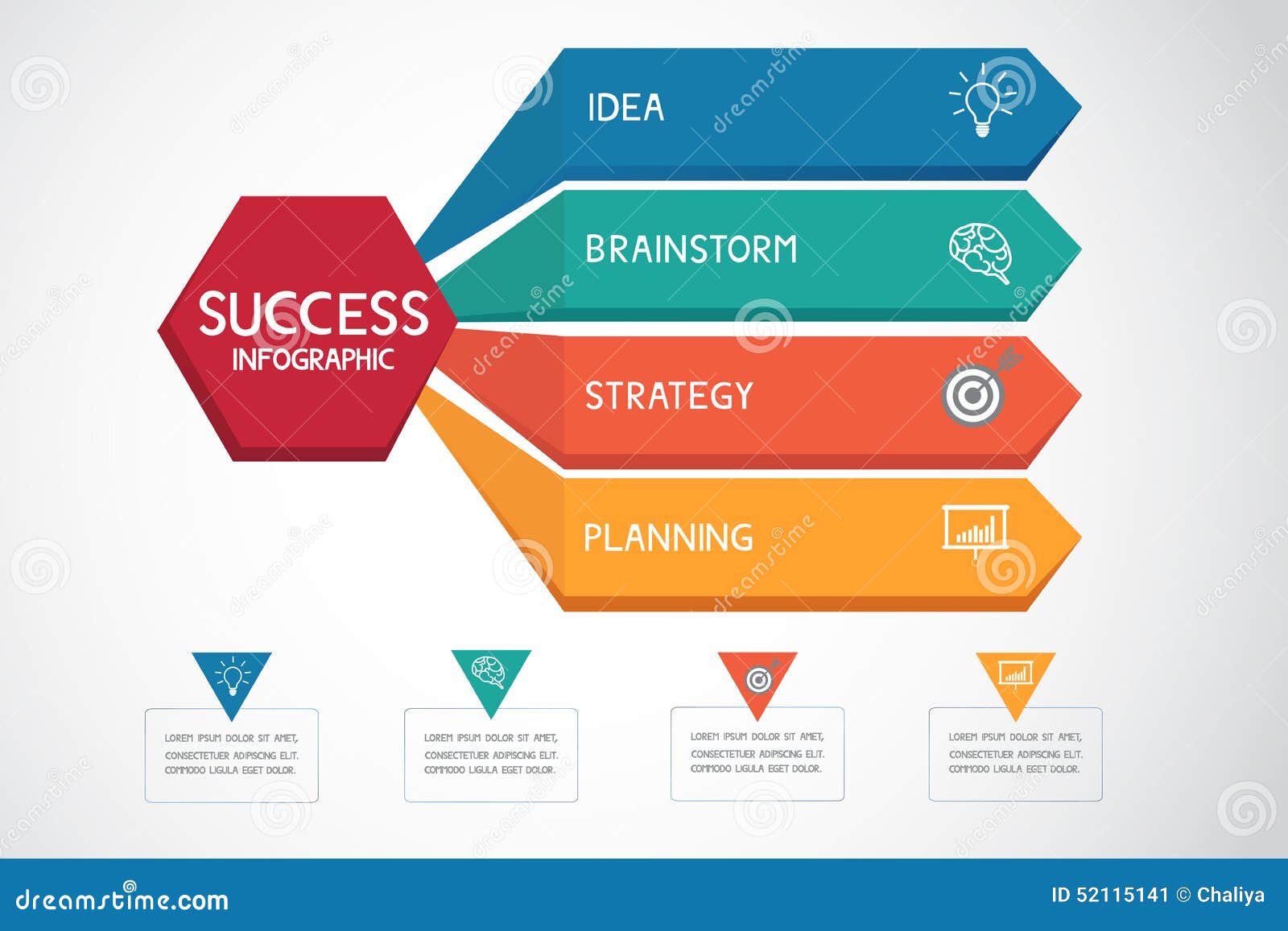Keen To Uncover How Site Style Has Transformed In Time? Dive Into The Evolution From Simplicity To User-Focused Experiences.
Keen To Uncover How Site Style Has Transformed In Time? Dive Into The Evolution From Simplicity To User-Focused Experiences.
Blog Article
Created By-Lamb Singer
In the past, sites were straightforward and focused on info. Navigation was straight, and design was for desktops. Currently, individual experience is vital. Information guides styles for easy navigating. Responsive designs suit different gadgets. Today, dark setting lowers stress, and minimalist food selections boost navigating. Interactive features engage individuals, and strong visuals stand apart. AI assimilation improves interaction. See exactly how style has developed to boost your on the internet journey.
Very Early Days of Website Design
In the early days of website design, simplicity reigned supreme. Internet sites were standard, with minimal shades, font styles, and formats. The emphasis was on offering info as opposed to showy visuals. Customers accessed the web through sluggish dial-up links, so rate and capability were key.
Navigating food selections were straightforward, commonly located at the top or side of the web page. Web sites were created for desktop computers, as mobile browsing had not been yet common. Material was king, and developers prioritized very easy readability over intricate layout components.
HTML was the primary coding language used, and designers needed to function within its restraints. Computer animations and interactive functions were very little contrasted to today's criteria. Sites were fixed, with little vibrant content or individualized individual experiences.
Increase of User-Focused Style
With the development of web site style, a shift towards user-focused design principles has become progressively noticeable. Today, producing internet sites that focus on user experience is important for involving site visitors and attaining organization goals. User-focused layout involves comprehending the needs, preferences, and habits of your target market to customize the internet site's layout, material, and includes appropriately.
Developers currently conduct complete research study, such as user surveys and use testing, to collect insights and responses directly from individuals. ada compliance list -driven approach aids in creating instinctive navigating, clear calls-to-action, and aesthetically enticing user interfaces that resonate with visitors. By positioning the customer at the center of the layout process, sites can deliver a more individualized and satisfying experience.
Receptive style has also emerged as an essential element of user-focused style, making sure that internet sites are enhanced for different tools and display dimensions. This versatility improves accessibility and use, satisfying the diverse methods users interact with websites today. Essentially, the rise of user-focused design symbolizes a change towards producing digital experiences that focus on the demands and expectations of the end user.
Modern Trends in Website Design
Explore the current trends shaping website design today. One noticeable trend is dark setting style, using a streamlined and contemporary appearance while decreasing eye stress in low-light environments. An additional vital trend is minimalist navigating, streamlining food selections and enhancing individual experience by concentrating on essential elements. Including cost to make website ada compliant -interactions, such as computer animated switches or scrolling results, can develop a much more appealing and interactive website. Receptive design remains vital, ensuring smooth user experiences throughout different devices. Furthermore, using vibrant typography and unbalanced formats can include aesthetic interest and draw attention to certain web content.
Integrating AI technology, like chatbots for client support or tailored recommendations, improves customer involvement and enhances procedures. Accessibility has also end up being a considerable pattern, with designers prioritizing inclusive design techniques to deal with diverse customer needs. Embracing sustainability by optimizing internet site efficiency for speed and performance is another emerging trend in website design. visit my web page with user responses and information analytics to repeat and improve layout continually is necessary for staying appropriate in the ever-evolving electronic landscape. By accepting these contemporary patterns, you can create an aesthetically enticing, straightforward site that reverberates with your target market.
Verdict
As you reflect on the development of site design from the very early days to currently, you can see exactly how user-focused layout has come to be the driving pressure behind modern trends.
Embrace the trip of modification and adaptation in website design, constantly maintaining the user experience at the center.
Keep existing with the most up to date fads and modern technologies, and never ever quit advancing your approach to create visually stunning and easy to use websites.
Evolve, adjust, and create - the future of web design remains in your hands.
